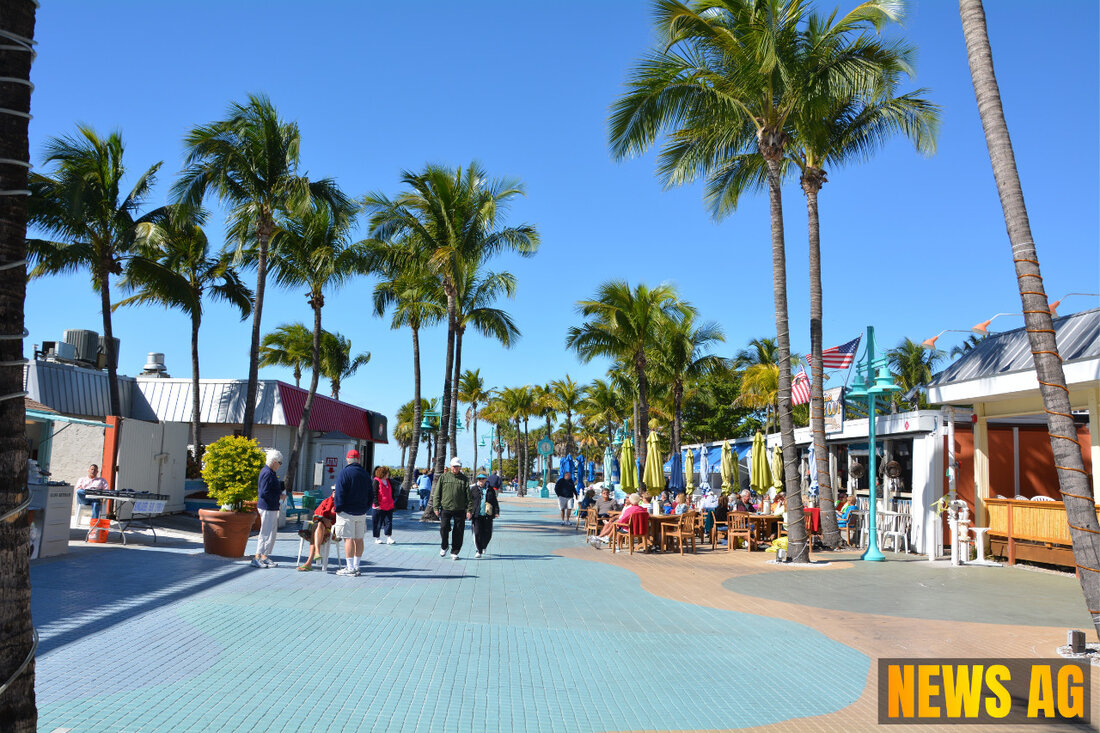SpaceX Soars with 30 New Starlink Satellites in Daring Cape Launch!
SpaceX launched over 30 Starlink satellites from Cape Canaveral on July 8, 2025, enhancing global broadband coverage.

SpaceX Soars with 30 New Starlink Satellites in Daring Cape Launch!
Cape Canaveral was once again the site of a thrilling spectacle as SpaceX launched more than 30 Starlink satellites early Tuesday morning. The Falcon 9 rocket roared to life from Space Launch Complex 40 at 4:21 a.m. ET, embarking on what turned out to be a successful mission. The launch window opened at 1:48 a.m. ET and continued until 5:47 a.m. ET, with a backup plan in place for a Wednesday launch if needed. However, the conditions turned out to be favorable, allowing for a smooth departure into the morning sky, complete with the reassuring thud of its first-stage booster landing on the droneship, „A Shortfall of Gravitas,“ shortly after stage separation. As reported by My News 13, this mission marked the 22nd outing for booster B1077, which has proven its mettle across 21 previous missions, including a notable crewed journey.
With this launch, SpaceX successfully added 28 more satellites to its burgeoning constellation, which now boasts over 7,000 satellites orbiting the Earth. Dr. Jonathan McDowell from the Harvard-Smithsonian Center for Astrophysics noted there were 7,941 Starlink satellites in orbit prior to the launch, of which 7,028 are fully operational. A stunning figure indeed, and a testament to SpaceX’s relentless innovation in satellite connectivity. But just how do these satellites contribute to everyday life?
The Broader Impact of Starlink
The role of Starlink in providing high-speed internet to underserved areas has garnered significant attention. As SpaceNews highlighted in their June 28 coverage, SpaceX continues to secure its standing in the satellite internet sector by consistently launching these satellites and expanding its coverage. With nearly 8,000 satellites slated to circle the globe, the potential for bridging digital divides grows stronger. Each successful launch makes a tangible difference in connectivity for those in rural and remote areas.
However, it’s not just the technical achievements that catch the eye. SpaceX has had its ups and downs—including some challenging weather conditions leading up to recent launches. Severe thunderstorm warnings were active in Central Florida before a June 28 mission, yet SpaceX managed to launch its Falcon 9 rocket at 12:26 a.m., deploying another batch of 27 Starlink satellites. This marked the fifth flight for that particular first-stage booster, adding to a legacy of reliable performance. After the rocket did its thing, it too landed smoothly on its designated droneship.
Ensuring Safety in Space
Safety is always a concern when it comes to space missions, especially amid the busy operations happening at Cape Canaveral Space Force Station. Colonel Brian Chatman has recently taken the helm as the new installation commander, a role that requires overseeing operations at what is known as the world’s busiest spaceport. With a view over a vast 15-million-square-mile area, his leadership will be pivotal in ensuring that safety protocols are maintained and that the momentum of launches continues without a hitch.
As SpaceX presses forward, the excitement around satellite launches and the benefits they promise to bring keeps the community buzzing. Whether you’re a space enthusiast, a tech aficionado, or simply someone interested in the marvels of modern science, it’s clear that the journey into the future of connectivity is just getting started. With Cape Canaveral at the forefront of these advancements, Florida remains a pivotal player in space exploration. (For more details, see My News 13, SpaceFlight Now, and Statesman for further insights.)
